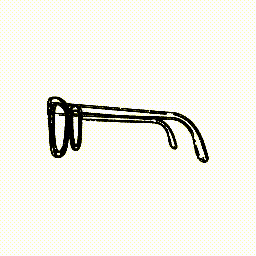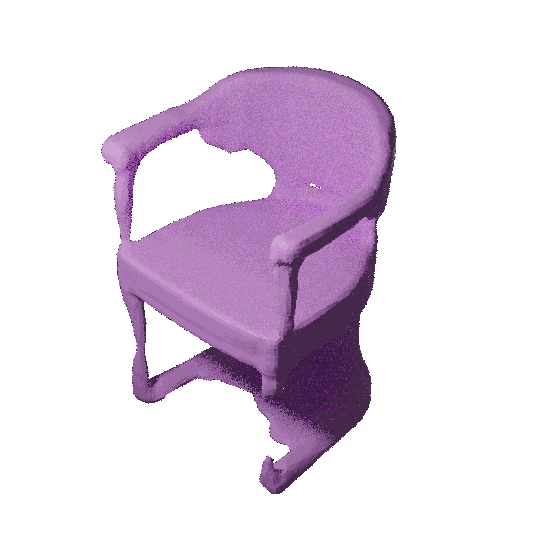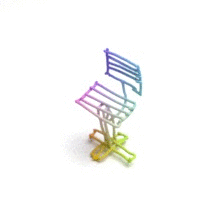Ling Luo
Lecturer, EECS, Ningbo University.

An art lover and a computer science enthusiast, both contributing to my passion about using computational intelligence to fuel art creation. This passion further motivates me to investigate how humans perceive the three-dimensional world through artistic abstraction.
I’ve been exploring the possibilities of 3D sketch-assisted content creation using VR technology and machine learning since joining the SketchX lab in 2019.
This brand-new research direction is supervised by Prof. Yi-Zhe Song (Director, SketchX Lab, CVSSP, University of Surrey); co-supervised by Dr. Yulia Gryaditskaya, Prof. Tao Xiang and Dr. Yongxin Yang.
In 2024, I joined the Faculty of EECS at Ningbo University as a lecturer, continuing my research at the intersection of computer vision, computer graphics, and human–computer interaction.
I also enjoy sharing my knowledge and creating videos.
Selected Publications
- CVPRCascaded Generative and Discriminative Learning for Microcalcification Detection in Breast MammogramsIn Proceedings of the IEEE Conference on Computer Vision and Pattern Recognition, 2019



